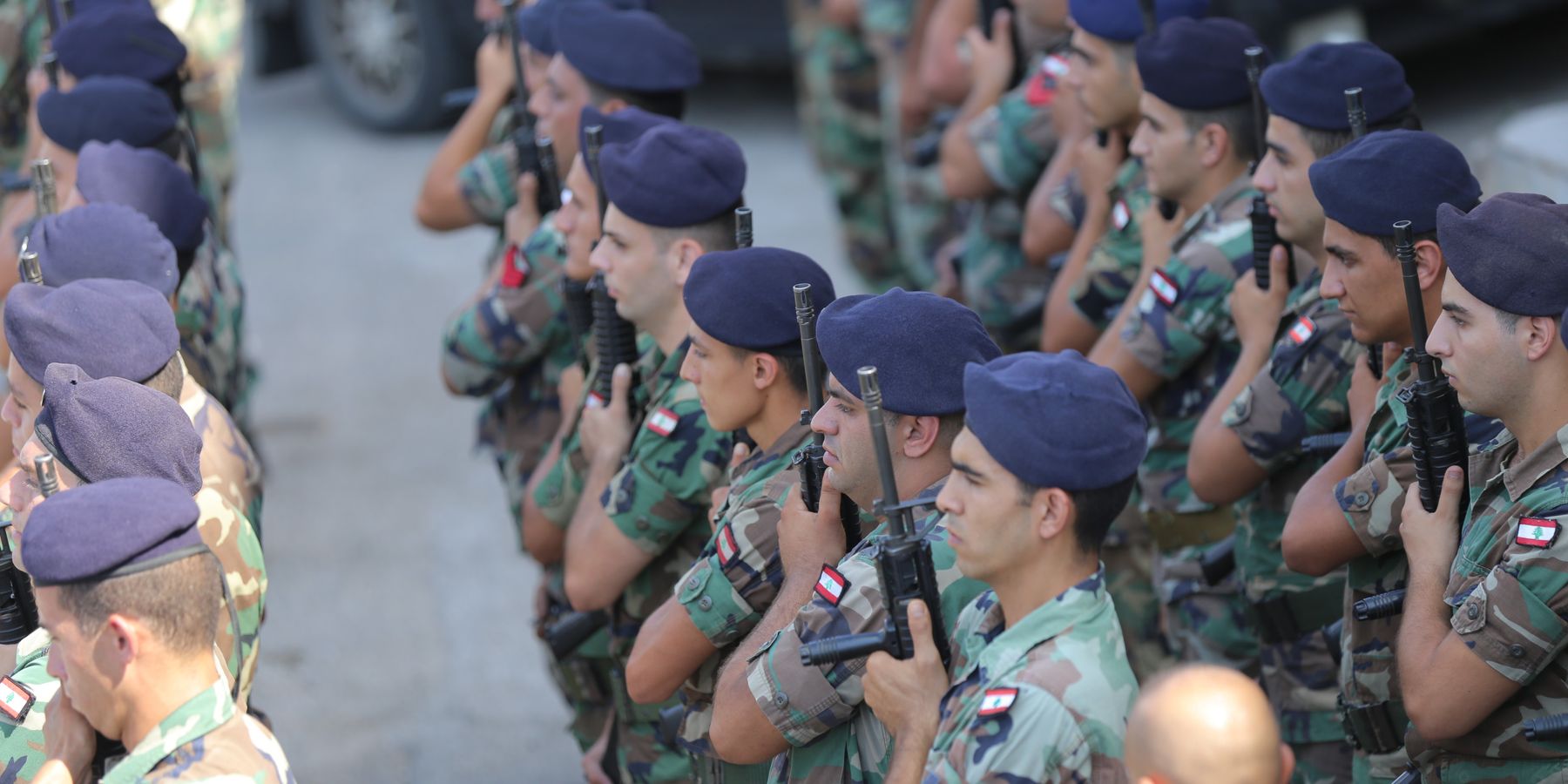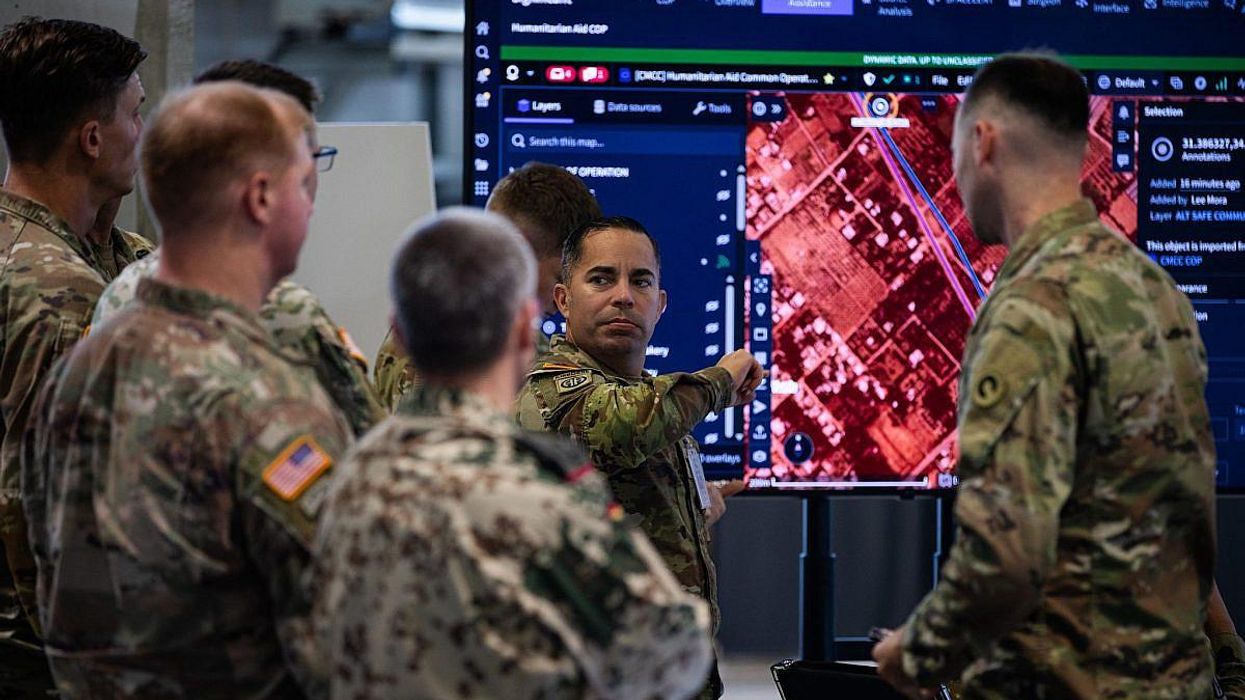Though Washington once opposed Israel’s invasion into Lebanon, reports have emerged that some inside President Joe Biden’s administration now see an opportunity as the Israel Defense Forces score tactical gains against Hezbollah.
Eager to take advantage of Hezbollah's setbacks, they hope to use U.S. security assistance and training to upgrade the weak and underfunded Lebanese Armed Forces so that it can wrest control of the country’s security future from Iran’s proxy and assume responsibility for stabilizing Lebanon’s southern border with Israel.
If this plan sounds familiar, it should. The United States has been embarking on costly projects to build foreign militaries for decades, without much success. The spectacular collapse of the Afghan National Defense and Security Force after 20 years and $90 billion in U.S. investment is one of the more infamous security assistance failures, but it is certainly not alone.
U.S.-trained forces disappointed in Vietnam in the 1970s and in Iraq in the 2000s. In the Sahel, U.S. partners, armed with U.S. weapons and military know-how, have led successful military coups. Even in Ukraine, once seen as a security assistance success story, questions have emerged about the relevance and contributions of U.S.-provided training.
Unchastened by its past failures, however, the United States is ready to try again, this time in Lebanon. There’s still time to abandon this proposal, however, and Washington should. Not only is the U.S. military consistently ineffective at training partner security forces, but taking on such an expensive and time-consuming project in Lebanon would not advance U.S. strategic interests and could do more harm than good for Lebanon’s long-term stability.
To avoid these high costs and risks for Washington and Beirut, the United States should stay out of Lebanon’s security future.
The U.S. military has many strengths but building foreign militaries is not one of them. The U.S. experience in Afghanistan is one of the most studied security assistance fiascos in recent history, but its mistakes are far from novel. Among many retrospective evaluations, the Special Inspector General for Afghanistan Reconstruction (SIGAR)’s 2023 report criticizes U.S. forces in Afghanistan for a range of errors, including “mirror imaging” that imposed U.S.-style military structure and tactics in a place where neither fit; reliance on advanced American military technology that Afghans could not operate without U.S. support; poorly trained U.S. advisors who rotated out before gaining the experience to make progress; and politically-driven timelines that led to unrealistic goals divorced from the situation on the ground.
These failings have afflicted many U.S. efforts to “build partner capacity.” For example, the same weapons-first, training-later approach used in Afghanistan has gotten the United States into trouble across the Middle East — in Iraq, Saudi Arabia, and UAE — and in West African countries like Niger.
Similarly, throughout 2022 and 2023, even with the lessons of Afghanistan fresh in their minds, U.S. trainers pushed unprepared Ukrainian soldiers to adopt Western tactics that did not align with battlefield realities, only to have trainees discard what they had been taught as inappropriate or too complex after reaching the front lines.
Lest anyone think Lebanon will be different, there are already red flags that suggest otherwise. The LAF lacks the resources, modernized equipment, skilled manpower, leadership, or institutions required to manage the country’s security anytime in the foreseeable future, especially during or right after a destructive Israeli invasion.
This hasn’t stopped the United States from being generous with military aid, however. Since 2006, the United States has provided about $3 billion in security assistance to Lebanon, much of it Foreign Military Financing that has paid for advanced U.S. military hardware: missiles, artillery, aircraft, and vehicles. Only a small portion has gone to training military personnel or defense institution reforms required to ensure transparency, accountability, or compliance with international law.
Other challenges, for instance the country’s sectarian politics and the complicated U.S. history in Lebanon, would create additional obstacles to the success of any training mission. Biden’s envoy Amos Hochstein, who has managed negotiations between Israel and Hezbollah, admitted that getting the LAF up to speed would be a long-term and expensive effort. “You need to recruit, train and equip, and that takes time,” he said in June 2024. This is exactly the type of situation in which U.S. security assistance has been least effective in the past.
Even if the chances of success were high, however, getting involved in the training and equipping of the LAF does not benefit U.S. strategic interests and would instead entangle the United States more deeply in a region that it should be leaving.
The United States has little at stake in the Middle East. Though the Middle East seems to be perpetually in turmoil, instability in the region does not reverberate on Washington in a major way. The region’s remaining extremist groups pose little direct threat to the United States or American interests abroad, and the United States has fewer economic liabilities in the Middle East now that it is more resilient than in the past to oil price shocks.
U.S. strategic interests in the current conflict between Israel and Hezbollah are even more limited. Certainly, the United States would love to see Hezbollah, the largest proxy of its Iranian adversary, replaced by a friendly security force, but neither Hezbollah nor Iran has the capability to attack the U.S. homeland, and their narrow threats to U.S. interests abroad cannot be addressed by sending more U.S. military personnel to the region.
Furthermore, putting American troops inside Lebanon for the purposes of training would not make the United States more secure and would place servicemembers more directly in harm’s way.
In addition, the lingering presence of American forces in Iraq and Syria should serve as a reminder of the slog that train-and-assist missions often become. Washington’s objective in the Middle East should be to avoid new commitments and reduce old ones — not the reverse — especially given higher strategic priorities elsewhere, for example in Asia.
As importantly, Washington’s involvement could make an already tenuous situation in Lebanon worse. For example, increasing the responsibilities of an unready LAF too soon could result in security failures that leave space for new nonstate groups or criminal gangs to take root and prey on innocent civilians. U.S. support and assistance could undermine the LAF’s legitimacy as a neutral actor or make its servicemembers the target of attacks by what remains of Hezbollah or its sympathizers.
Finally, in a country with a history of sectarian conflict, U.S. interference could disrupt whatever delicate balance exists, leading to more widespread internecine strife, political turmoil, and new vulnerabilities to external influencers. As elsewhere, then, the costs of U.S. security assistance failures in Lebanon would fall predominantly on local populations — not the elite who green-lit the project in the first place.
Decades of experience should warn the Pentagon against the siren song of the short, low-cost, high-return security assistance mission, especially in the Middle East. Wasting scarce resources on what is likely to become a costly failure, where the United States has few interests, and where the risks of adverse consequences are high would be a mistake.
What appears to be an opportunity in Lebanon is really a trap. Washington should resist the temptation to fall into it.
- Weapons stocks blast off as bombs drop, troops invade Lebanon ›
- The Afghan army we tried, but failed to build ›
- Opposition parties so far not throwing Hezbollah under the bus | Responsible Statecraft ›
















